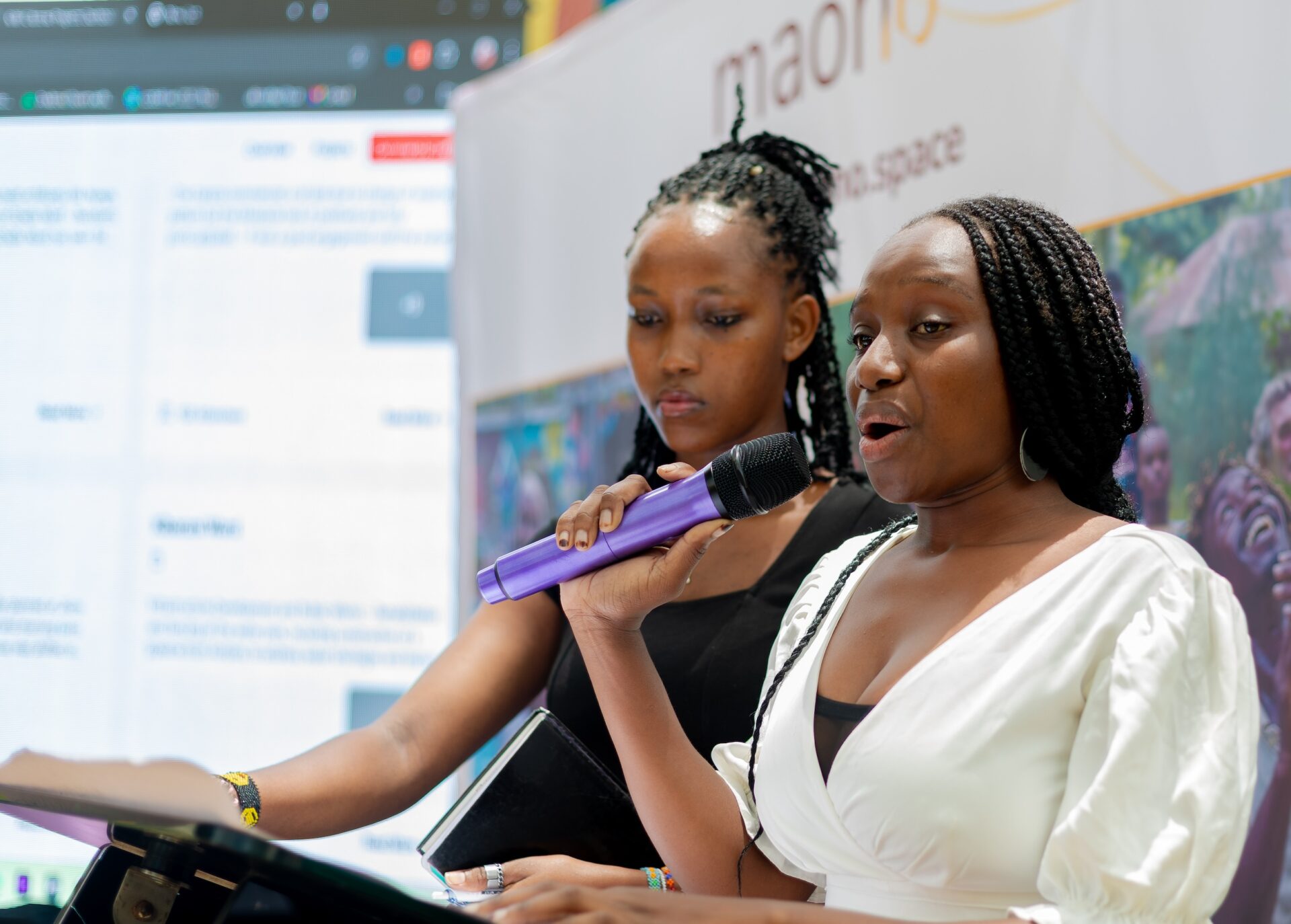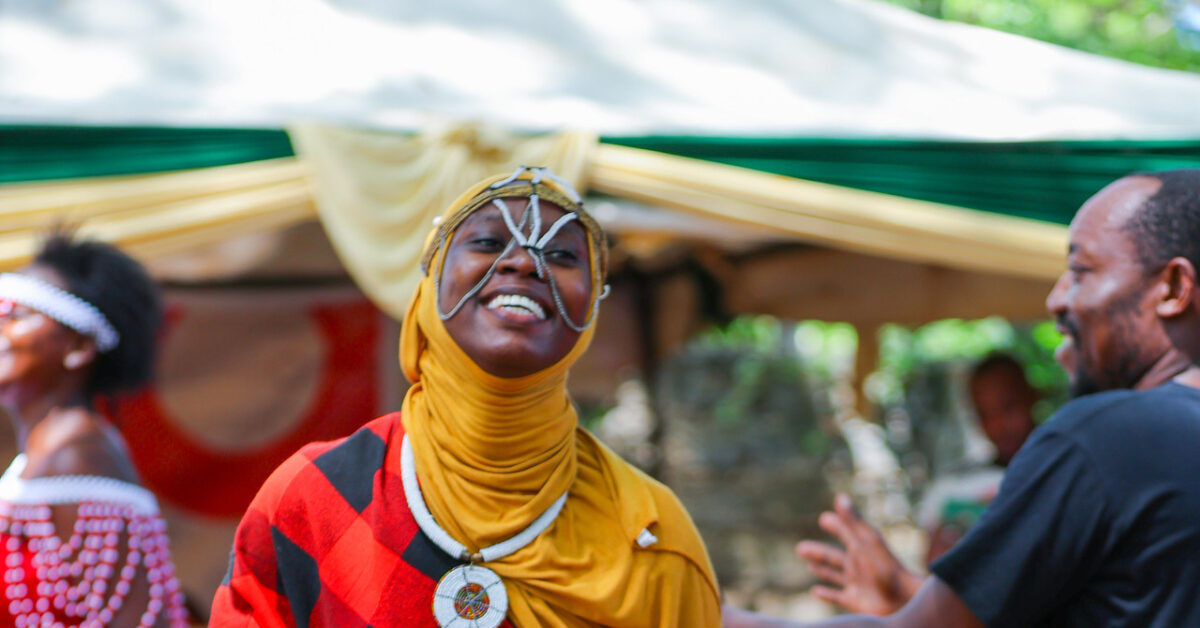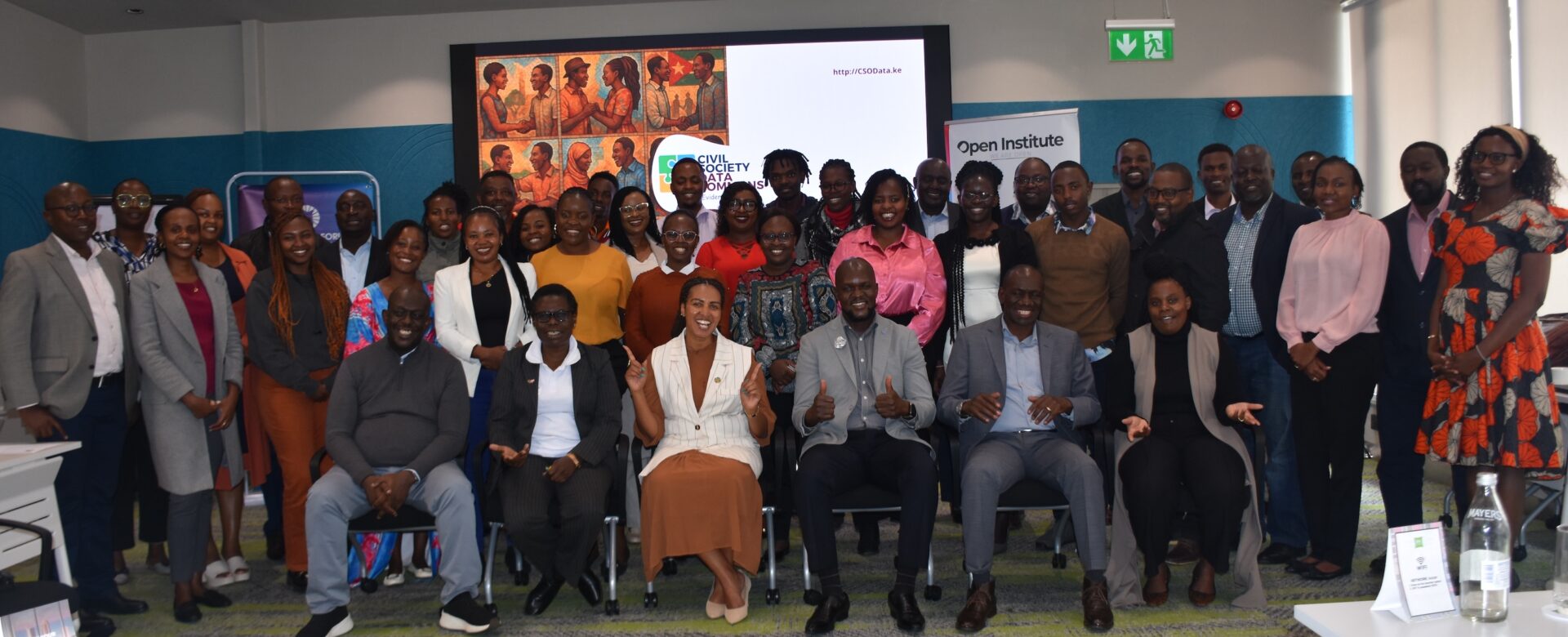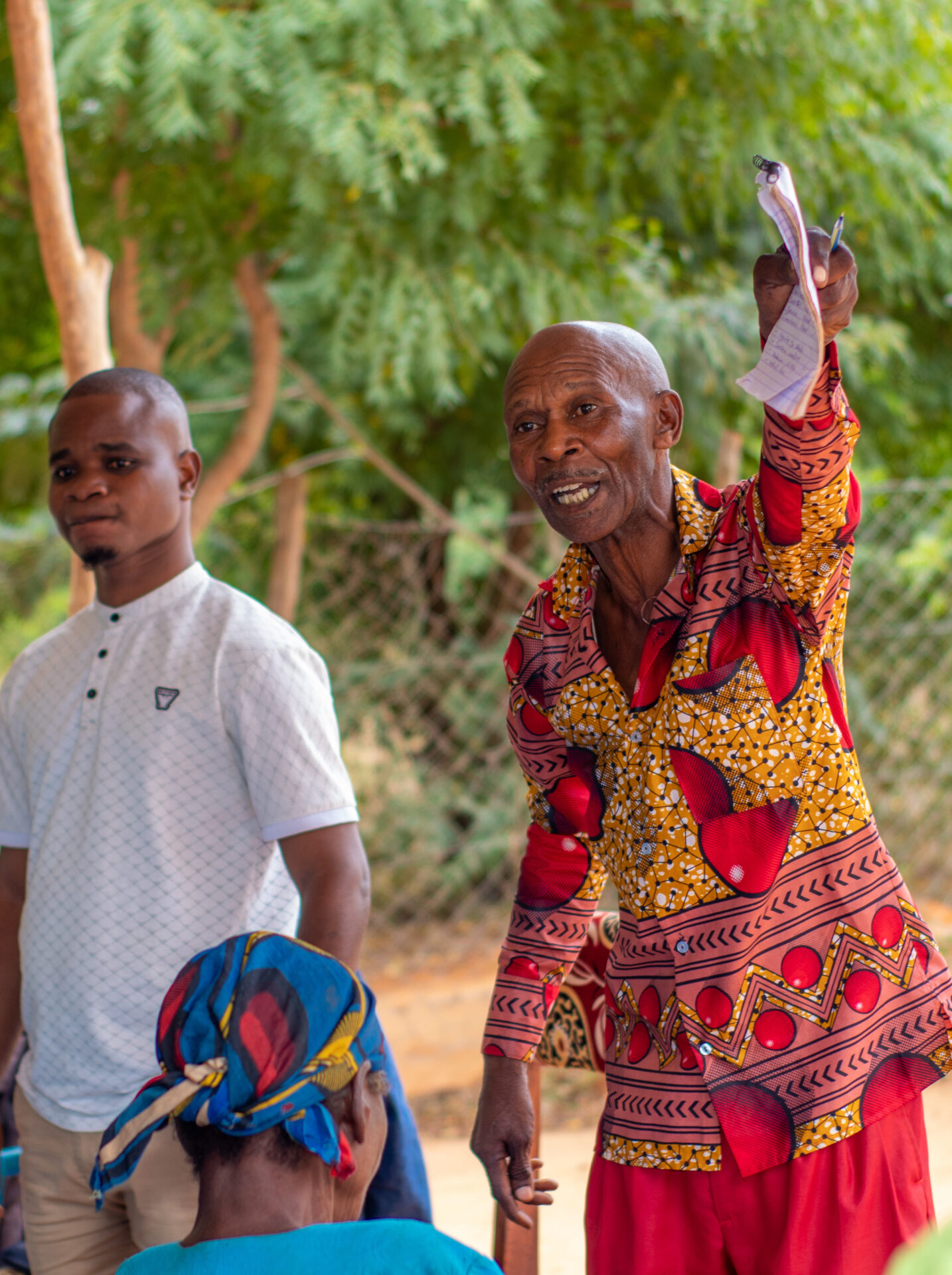It’s always an exciting moment when an idea is formulated and the time to engage other users nears. The introduction of such a system needs to be well thought of especially if there are technical aspect involved.
We (Open Institute) recently embarked on a citizen involved and engagement pilot project in one of the locations in Kenya. The location chosen was Lanet-Umoja, a small location with a population of 29,000 people with roughly 7,500 households, in the County of Nakuru.The pilot project’s objective involved the collection, curation and digitisation of household data, this included sources of energy, water & sanitation and security. With this data we created a dashboard to visualize the data so that it would be easy to understand and be used by the administration for evidence based decision making.
The exercise in theory was well thought out with wireframes and workflows plotted on the white-board, and the team brainstormed the pros and cons of the different aspects and challenges that may occur in the field. The conclusion was ;
- There was a need for a fast, easy and a cheap way to collect data.
- The data collected needed to be digitized to enable easy validation
- The data needed to be analyzed and visualized in the shortest time possible.
- The visualizations needed to be easy to understand for effective decision making.
The process was simple enough. The solution taken from the above, was to;
- Engage the citizens in data collection with the help of the local leaders.
- Use open source technology that already existed for data collection (Open Data Kit – ODK allows users to download blank forms and upload completed forms. It also enables users to visualize, export and publish form data.).
- Reuse of scripts that are in Github repository (Repository where software engineers share, shape, and collaborate on code) to create the visualizations and the dashboard.
With all the plans in place we found that the real lessons to be learnt were on the ground. We had acquired simple android devices and loaded them with the applications before hand, and provided training in the use of them to the selected team leaders. The 2 day training was well received by the 300 cluster leaders and part of the training required that people be dispatched to various households to carry out the data collection exercise. Due to the limited number of devices versus the number of people (we had 30 android phones for 300 people), we advised that leaders do the data collection process as a kind of relay. This would give all the cluster leaders an opportunity to participate in the exercise.
A couple of days later, as part of the feedback exercise, we inquired to know what the status of the exercise was and how the exercise was going on, to be able to judge the actual challenges and lessons that were being experienced. Our observations:
- We assumed that because the leaders had gone through the theoretical and practical lessons, things would run smoothly. There were user challenges that were recorded especially in the use of the devices e.g. the GPS location setting was mistakenly turned off while the applications required it to be on.
- We assumed that because the community leaders were leading the exercise, the process would be accepted openly by the residents. Some of the residents felt it was unnecessary or futile and some thought that it was an invasion of their privacy despite all clarifications.
- Similar exercises that were carried out earlier had corrupted some of the locals by requesting for paybacks before releasing any information. It took more time for them to give information.
- Free and easy to use applications are not necessarily easy to implement. Sometimes some level of technical expertise in the team is required to troubleshoot them. We encountered some problems with the server only to realize that more administrative settings were required to prevent it timing out during the exercise.
On the flip side, the positive aspects that kept us going was the motivation seen by those who bought into the idea. Residents started realising that the information was for their own benefit. To bring development, it required their own participation and follow-up. A simple phrase like; “when I know my neighbours, then I have dealt with security issues and even bring cohesion” goes a long way to showing what a community can do together.
The feedback that was received has been invaluable. It has allowed us to take the findings from the ground and incorporate the lessons learned into the model that we are designing. It has truly been an eye opener for us and we look forward to sharing more updates as the project unfolds.















